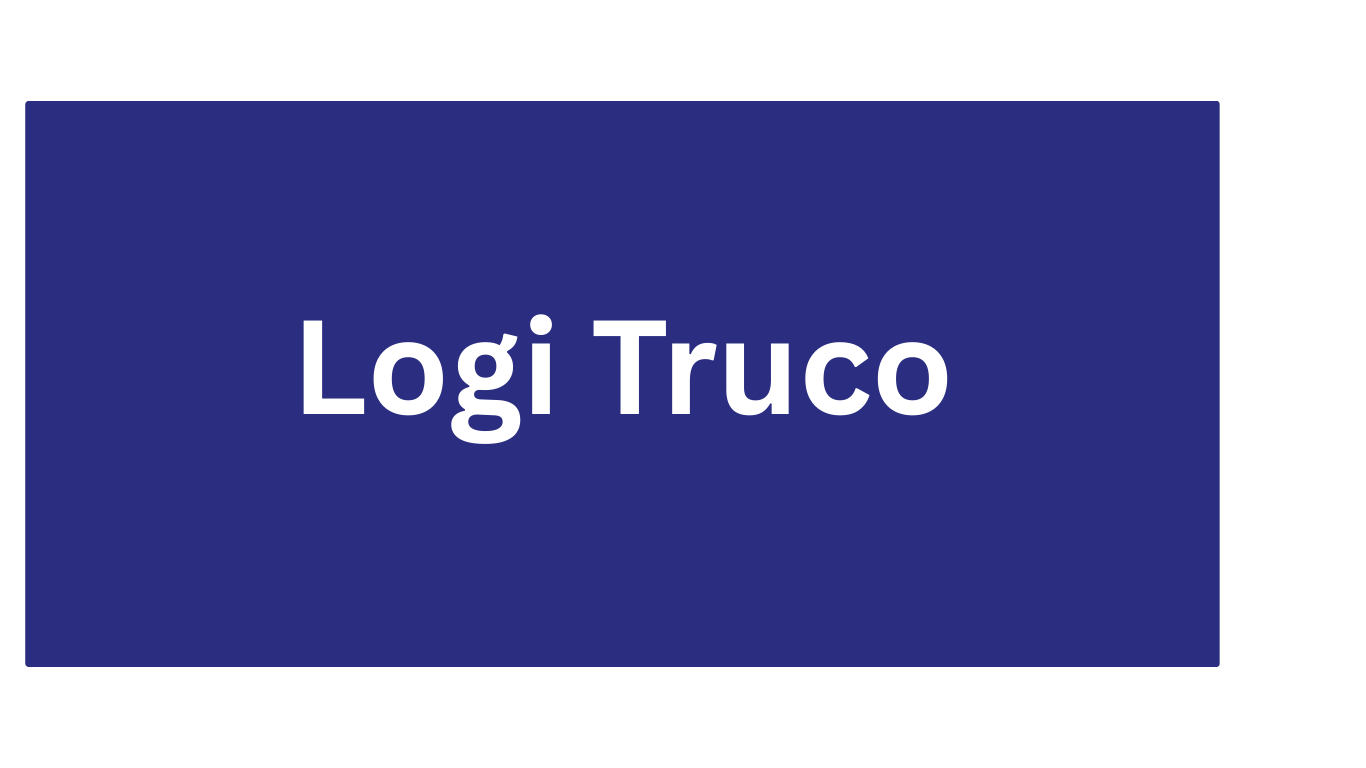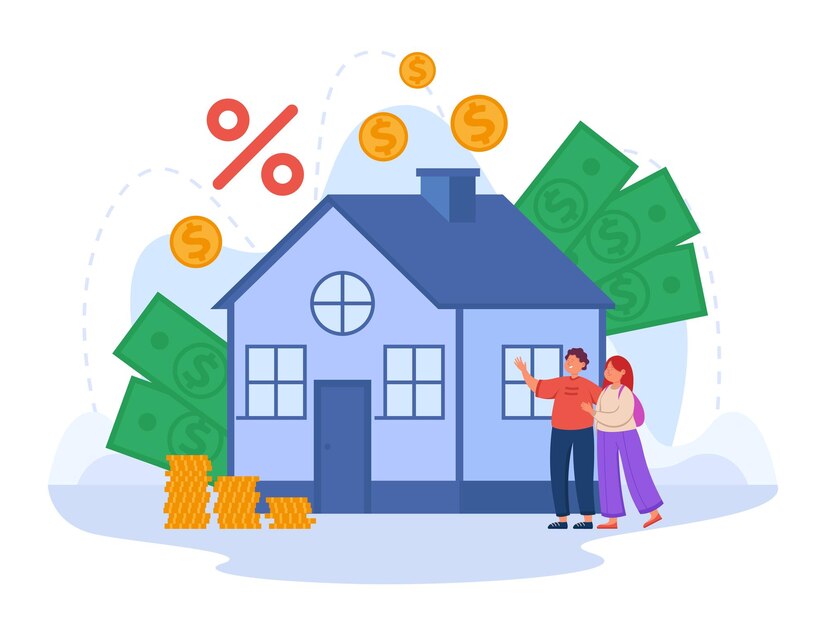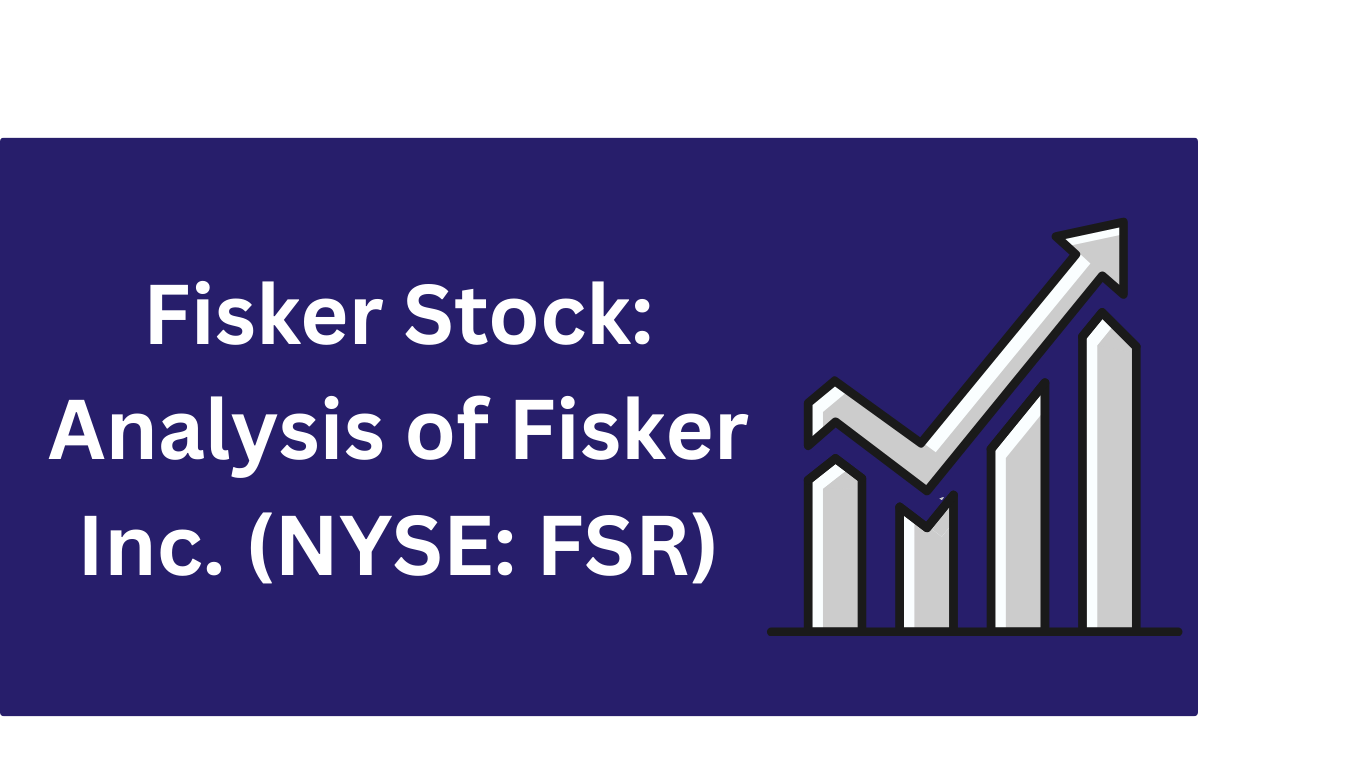Taking out a loan is often a necessary step when making major purchases like buying a home, financing education, or covering unexpected expenses. However, many borrowers don’t realize just how much extra they end up paying in interest and fees over the life of their loan.
The good news? There are numerous strategies—both before and after securing a loan—that can significantly reduce your total repayment amount.
In this detailed guide, we’ll explore exactly how loans work, break down where costs come from, and provide actionable strategies to minimize what you’ll pay. Whether you’re considering a new loan or looking to optimize an existing one, these methods could save you thousands of dollars.
Table of Contents
Understanding How Loan Costs Work
Before exploring cost-saving strategies, it’s crucial to understand what goes into the total cost of borrowing. When you take out a loan, you’re not just repaying the amount you borrowed (the principal)—you’re also paying for the privilege of borrowing that money. This comes in the form of interest and often additional fees.
Key Components of Loan Costs
- Principal
- This is the base amount you borrow.
- Example: If you take out a $20,000 car loan, the principal is $20,000.
- Interest
- Expressed as an annual percentage rate (APR), this is what lenders charge for lending you money.
- Interest can be fixed (stays the same) or variable (changes with market rates).
- Example: A $20,000 loan at 5% APR would cost approximately $2,645 in interest.
- Loan Term
- The length of time you have to repay the loan.
- Shorter terms mean higher monthly payments but less total interest.
- Example: A 15-year mortgage costs far less in interest than a 30-year mortgage for the same loan amount.
- Fees
- Origination fees (charged when you take out the loan)
- Prepayment penalties (charged if you pay off early)
- Late fees (if you miss a payment)
What Determines Your Loan Costs?
Several factors influence how much you’ll pay:
- Credit Score – Higher scores = lower rates.
- Debt-to-Income Ratio (DTI) – Lower DTI is preferred.
- Loan Type – Secured loans often have lower rates.
- Market Conditions – Interest rates fluctuate.
6 Ways to Reduce Loan Costs Before Borrowing
1. Improve Your Credit Score
Your credit score greatly impacts your interest rate. Even a small improvement can save thousands.
Tips:
- Pay bills on time
- Keep credit utilization under 30%
- Avoid new accounts before applying
- Dispute credit report errors
Example Savings:
A 740+ score vs. a 620 score on a $300,000 mortgage could save $96,000 in interest over 30 years.
2. Borrow Only What You Need
Don’t overborrow “just in case”—you’ll pay interest on unnecessary debt.
Example:
Financing $30,000 for a $25,000 car adds $662 in interest at 5% APR over 5 years.
3. Add a Co-Signer or Co-Borrower
A co-signer with good credit can help secure lower rates.
Caution: They’re legally responsible for repayment if you default.
4. Choose a Shorter Loan Term
Shorter terms = higher monthly payments, but much less interest overall.
Example:
- 30-year mortgage at 4%: $1,432/month → $515,609 total
- 15-year mortgage at 3.5%: $2,148/month → $386,640 total
- Savings: $128,969
5. Compare Multiple Lenders
Rates and fees vary widely.
Compare:
- APR
- Origination fees
- Prepayment penalties
Example:
Lender A (6% APR + $500 fee) vs. Lender B (5.75% APR, no fee) → Save $5,000+.
6. Negotiate Your Rate and Fees
Loan terms can be negotiable.
Tips:
- Mention competitor offers
- Leverage your history with the bank
- Ask for autopay discounts
6 Ways to Reduce Costs on an Existing Loan
1. Refinance to a Lower Rate
Refinancing helps if rates drop or your credit improves.
Example:
Refinancing a $250,000 mortgage from 5% to 3.5% saves $78,840 over 30 years.
Watch out for:
- Closing costs (2%-5%)
- Restarting the loan term
2. Make Extra Payments
Extra payments reduce the principal and total interest.
Example:
$30,000 student loan at 6% → pay $50 extra/month → save $3,200 and pay off 1.5 years early.
Strategies:
- Round up payments
- Make biweekly payments
- Use bonuses or tax refunds
3. Set Up Autopay for a Discount
Many lenders offer a 0.25%-0.5% discount for autopay.
Example:
0.25% off a $200,000 mortgage saves about $5,000.
4. Consolidate Multiple Loans
Consolidation can lower your rate and simplify payments.
Example:
Combining loans at a weighted average rate of 5.5% can reduce total interest compared to 6.8%.
Caution:
Federal student loan consolidation may remove forgiveness options.
5. Avoid Unnecessary Fees
Common fee traps:
- Late payments ($15–$50)
- Prepayment penalties
- Paper statement fees
Tips:
- Set reminders
- Go paperless
- Review agreements
6. Seek Loan Forgiveness or Assistance
Programs:
- PSLF (for public service workers)
- VA loans (for veterans)
- Employer-sponsored repayment programs
Loan-Specific Cost-Cutting Strategies
Mortgages:
- Remove PMI after 20% equity
- Recast the loan instead of refinancing
Auto Loans:
- Refinance
- Skip overpriced warranties
Student Loans:
- Use income-driven repayment plans
- Check for employer assistance
Personal Loans:
- Consider 0% balance transfer offers
- Decline unnecessary insurance
Hidden Loan Costs to Watch For
- Origination Fees – 1%–6% of loan
- Prepayment Penalties – up to 2% of remaining balance
- Deferred Interest – interest may still accrue even during deferrals
Tip: Always read the fine print.
Frequently Asked Questions
Can Paying Off a Loan Early Save Money?
Yes—less time = less interest. Early payoff can save $100,000+.
How Can I Lower My Rate Without Refinancing?
- Request a one-time rate reduction
- Improve your credit score
- Seek a loan modification
Does Loan Deferment Increase Costs?
Often yes—interest may still accrue.
How Is Total Loan Cost Calculated?
Total Cost = Principal + (Interest × Term) + Fees
Final Thoughts
Reducing loan costs isn’t about one big move—it’s a combination of smart strategies:
Before borrowing:
- Boost credit
- Compare lenders
- Negotiate terms
After borrowing:
- Refinance
- Pay extra
- Avoid fees
By taking these steps, you could save thousands—or even tens of thousands—over the life of your loans. Start today by reviewing your current loans or preparing for future borrowing with these cost-saving insights.











Leave a Reply